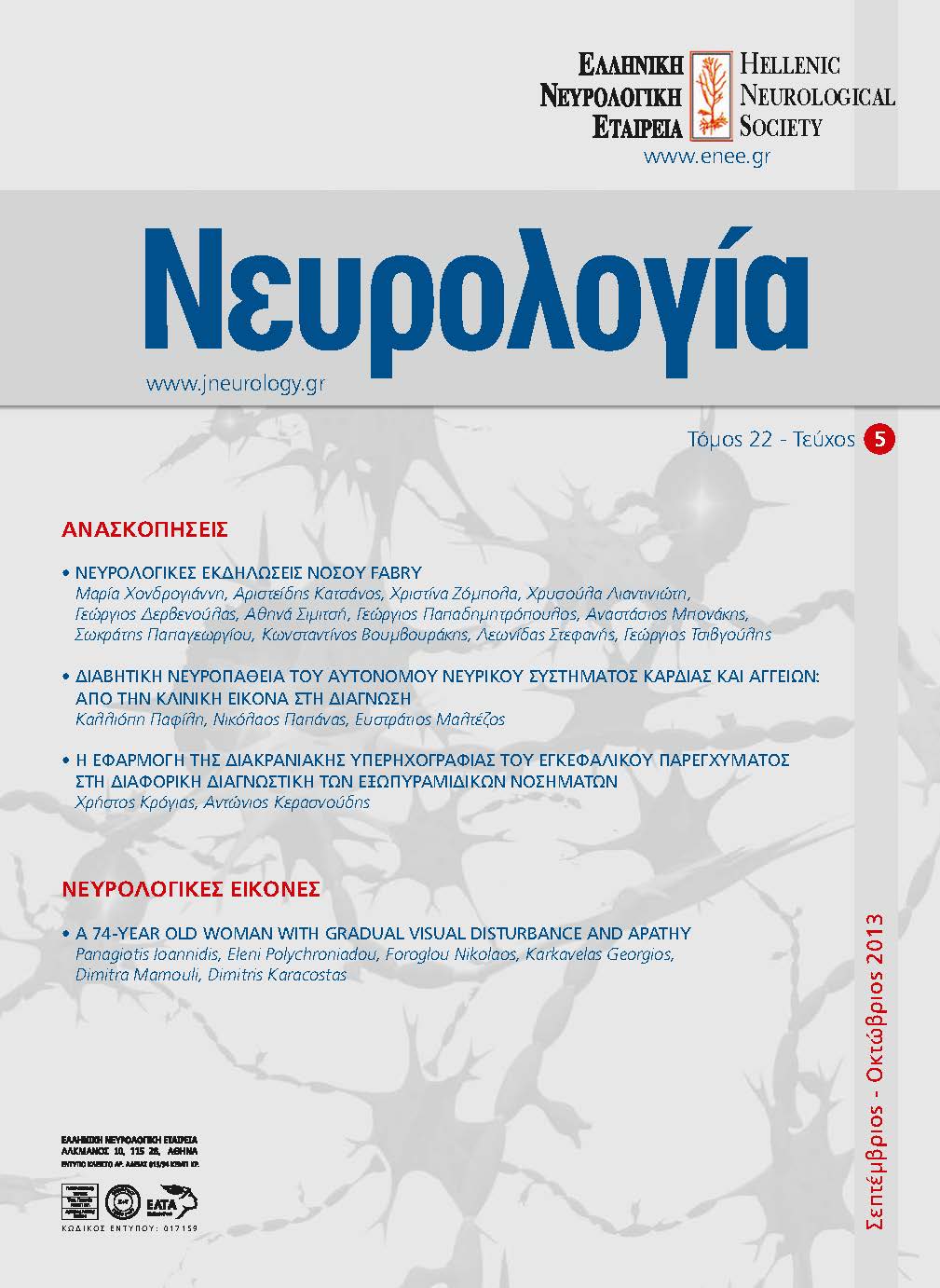Cardiovascular Autonomic neuropathy in dabetes mellitus: From clinical manifestations to diagnosis
Keywords:
cardiovascular autonomic neuropathy, cardiovascular system, diabetes mellitus, diagnosisAbstract
Cardiovascular autonomic neuropathy (CAN) may be an early complication of diabetes and is associated
with increased morbidity and mortality rates. The most important risk factor is hyperglycaemia. The main
clinical manifestations of CAN include: tachycardia at rest, postural hypotension and increased sensitivity
to catecholamine administration. Patient examination may reveal exercise intolerance, left ventricular
dysfunction and hypertrophy, silent myocardial infarction, peri-operative cardiovascular instability, QT
segment prolongation, as well as absent reduction and/or increase of arterial blood pressure and heart rate
during the night. In clinical practice, diagnosis of CAN is based on the five non-invasive tests established by
Ewing and Clarke. These are usually combined with examination of heart rate variability at rest. Moreover,
there are numerous other diagnostic tests, some of which are mainly used for research purposes. Utilisation
of currently available diagnostic modalities is very important, both for the timely diagnosis of CAN and for
the evaluation of future therapeutic approaches.


